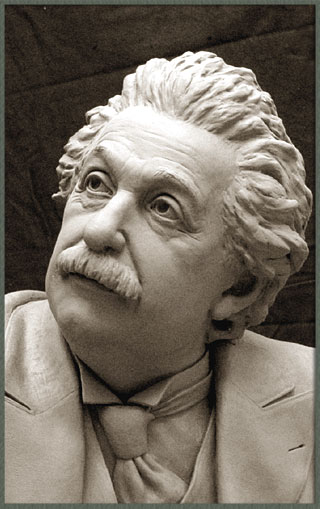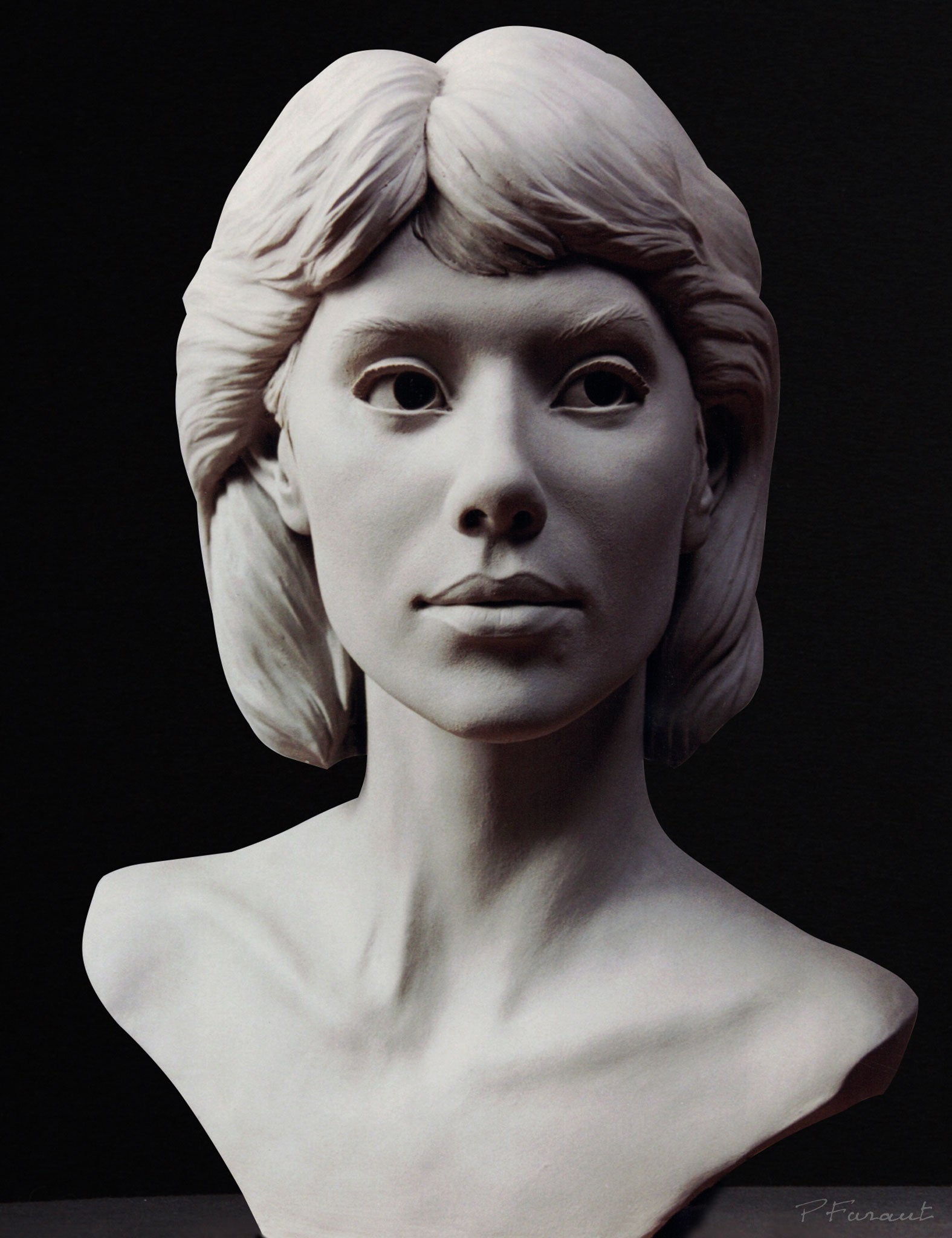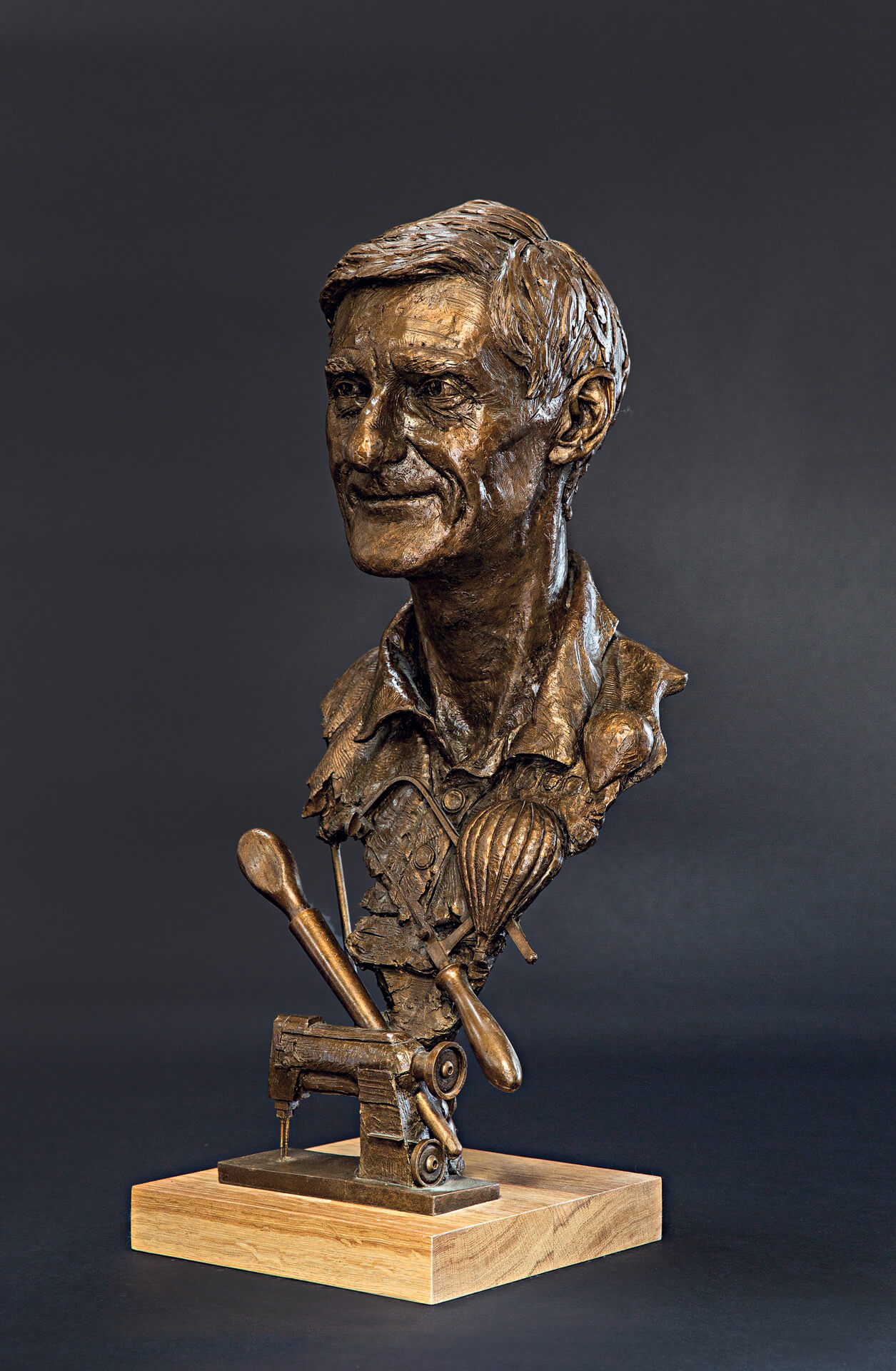Crafting Expressions: The Unique Artistry of a Portrait Sculptor
Wiki Article
The Evolution of Sculptures: From Ancient to Modern
The Advancement of Sculptures: From Old to Modern. Bronze Sculptures.Sculpture, among the oldest kinds of art, has been an important component of human civilization for centuries. From the old worlds of Egypt and Greece to the modern-day period, sculptures have advanced, reflecting modifications in artistic methods, products, and social influences. This journey via time traces the growth of sculptures, exploring the shifts in design, subject matter, and artistic expression.
Starting with the old globe, sculptures crafted from stone and later bronze caught the significance of divine beings, rulers, and day-to-day life. The Renaissance duration experienced a rebirth of timeless sculpting methods, as artists looked for to imitate the stylish kinds of old Greek and Roman sculptures (Robert C Hitchcock Sculptor). In the contemporary period, musicians challenged conventional boundaries, welcoming abstraction and testing with brand-new materials
This exploration will certainly explore the diverse advancement of sculptures, exposing the rich tapestry of creative expression across various periods and societies.

Old Sculptures: From Stone to Bronze
Ancient sculptures transitioned from being taken of stone to being cast in bronze. This change marked a substantial evolution in the art of sculpture, permitting for greater improvement and information in the finished works. Rock sculptures, while outstanding in their very own right, were restricted by the nature of the product. Stone needed extensive forming and carving, commonly resulting in a more simplified representation of the topic.The intro of bronze as a medium for sculptures caused a revolution in artistic expression. Bronze used sculptors the chance to create complex and lifelike kinds that were not feasible with rock. The process of casting bronze permitted the creation of several duplicates of a sculpture, enabling larger distribution and conservation of these imaginative masterpieces.
The change from rock to bronze likewise saw a change in the subject matter of sculptures. While rock sculptures mainly illustrated gods, sirens, and mythical numbers, bronze sculptures started to show a wider series of subjects, including everyday people and pets. This development of subject showcased the convenience and flexibility of the bronze tool.
Renaissance Rebirth: Shaping in the Classic Style
The Renaissance revival of sculpture observed a resurgence in the timeless design, building upon the developments made during the transition from rock to bronze in old sculptures. During this period, musicians looked for to recreate the classic aesthetic and ideals of elegance that prevailed in old Greek and Roman sculptures.One of the key characteristics of the Renaissance revival was the focus on naturalism and the human form. Artists like Donatello and Michelangelo aim to capture the physiological details and expressions of their subjects with extraordinary precision. They studied the body and integrated their monitorings into their sculptures, resulting in realistic and natural representations.
An additional crucial aspect of the Renaissance rebirth was the exploration of viewpoint and depth. Musicians utilized techniques such as contrapposto, where the weight of the body is moved to one side, developing a sense of motion and dynamism. They also tried out with different products, including marble and bronze, to accomplish a degree of class and complexity in their sculptures.

Innovation and the Avant-Garde: Breaking Standard Boundaries
During the Modernism and Avant-Garde activities, sculptors pressed the borders of conventional imaginative conventions. This period, which emerged in the late 19th and very early 20th centuries, saw a significant shift in the method musicians approached sculpture. Turning down the idea of art as mere imitation, modernist artists looked for to explore new types, products, and concepts.
One of the crucial characteristics of modernist sculpture was the emphasis on abstraction. Carvers relocated far from realistic depictions and rather concentrated on recording the essence of the subject with streamlined kinds and geometric forms. This separation from conventional representation enabled musicians to share their feelings and concepts in an extra personal and subjective manner.

Contemporary Sculptures: Discovering New Products and Concepts
With an emphasis on exploring new materials and ideas, contemporary sculptures have changed the area of art. Artists today are pressing the borders of traditional sculpture by exploring and using ingenious materials with abstract ideas. These sculptures challenge conventional notions of materiality, form, and significance, welcoming viewers to participate in a thought-provoking and new artistic experience.Contemporary sculptors are welcoming a wide variety of products, including plastic, glass, metal, and also natural matter. They are not limited to the traditional tool of rock or clay, enabling greater civil liberty and experimentation. This change towards non-traditional materials has actually opened new possibilities for musicians to produce sculptures that are dynamic, interactive, and aesthetically striking.
Along with exploring brand-new products, contemporary sculptures additionally look into facility and abstract principles. Artists are currently checking out themes such as identification, social problems, and the environment, using sculpture as an effective medium for social commentary and self-questioning. These sculptures challenge visitors to assume critically and engage with art on a much deeper level, sparking discussions and provoking emotional feedbacks.
Worldwide Influences: Sculptural Practices From All Over The World
Sculptural customs from various regions of the world have considerably formed the development of Contemporary Sculptures sculptures throughout background. The worldwide impacts on sculpture have varied and have added to the splendor and variety of imaginative expressions. From the ancient human beings of Egypt, Greece, and Rome to the elaborate makings of Asian societies, each area has created its unique sculptural customs that have actually influenced musicians throughout time.In ancient Egypt, sculptures were developed primarily for funerary and spiritual purposes. The famous sculptures of pharaohs and gods, such as the Great Sphinx and the bust of Queen Nefertiti, showcase the Egyptians' proficiency of rock carving and their belief in the immortality.

In old Rome, sculpture offered both political and creative purposes. Roman sculptures often portrayed emperors, generals, and mythical numbers, reflecting the power and grandeur of the realm. The marble sculpture of Augustus of Prima Porta and the significant Arc of Constantine are noteworthy instances of Roman sculptural success.
Oriental sculptural customs, specifically in India, China, and Japan, have additionally had a profound impact on the advancement of sculptures. Japanese sculptures, influenced by Buddhism, emphasize simplicity and tranquility, seen in the serene statues of Buddha and the stylish art of bonsai.
The global impacts on sculpture remain to progress in the contemporary era. Musicians today attract motivation from different sculptural customs, incorporating new products, methods, and ideas to produce innovative and thought-provoking art work. The fusion of different social impacts has provided rise to a dynamic and diverse sculptural landscape, reflecting the interconnectedness of our international society. As we seek to the future, it is specific that the worldwide influences on sculpture will continue to form and redefine this ancient art type.
Final Thought
In verdict, the evolution of sculptures has actually seen a change from ancient rock and bronze functions to the classic rebirth during the Renaissance. Today, contemporary sculptures discover new materials and principles, while also drawing ideas from global sculptural customs.From the old civilizations of Egypt and Greece to the modern-day period, sculptures have advanced, mirroring modifications in imaginative techniques, materials, and cultural impacts.Starting with the old globe, sculptures crafted from stone and later bronze caught the essence of divine beings, leaders, and day-to-day life.Old sculptures transitioned from being carved out of stone to being cast in bronze. While stone sculptures primarily illustrated gods, sirens, and mythical numbers, bronze sculptures started to show a more comprehensive array of topics, including daily individuals and pets.In verdict, the advancement of sculptures has actually seen a change from old stone and bronze works to the classical resurgence during the Renaissance.
Report this wiki page